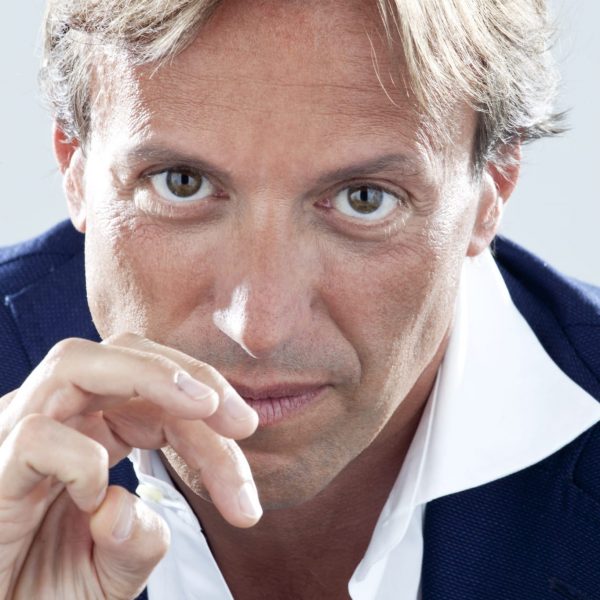
CBCT: The dark side of the moon
15/04/2016
Fabio Gorni
Warning: Undefined variable $post in /var/www/vhosts/styleitaliano-endodontics.org/endodontics.styleitaliano.org/wp-content/plugins/oxygen/component-framework/components/classes/code-block.class.php(133) : eval()'d code on line 2
Warning: Attempt to read property "ID" on null in /var/www/vhosts/styleitaliano-endodontics.org/endodontics.styleitaliano.org/wp-content/plugins/oxygen/component-framework/components/classes/code-block.class.php(133) : eval()'d code on line 2
Why guessing what we could see?
In comparison with the 2D imaging, 3D technology allows a safer and faster diagnostic process. Analysing the articles related to CBCT technology published in the Literature from 1998 to nowadays, only the 16,3% of papers deals with implantology.
More than the 25% of the studies written from 1998 and dealing with CBCT is about surgery and another 25% is about endodontics, the 11% focuses on orthodontics, while the 4,6% analyses the TMJ. For a correct diagnosis in endo we need a CBCT with an high resolution. Resolution represents the ability to discriminate the smallest particular of an image.
The higher the resolution, the smaller is the thickness of sections and, then, the greater is the possibility to recognize small-size details.
The resolution of a bidimensional image is measured in pixels, the one of a tridimensional image is expressed in voxels.
Which is the relationship between resolution and FOV?
Keeping the FOV constant, high resolution implicates large files and greater doses of X-rays. Generally, it is preferred to associate a small FOV to the best resolution obtainable with each machine.
The CT (“Computed Tomography”) uses a fan beam and a linear sensor that are turned around the patient repeatedly in order to obtain an axial set of sections.
CBCT uses a conical beam and a square sensor in order to acquire a full volume with a single rotation around the patient.
Why does CT emit many more radiations than CBCT?
The dosimetric difference between CT and CBCT depends on their different principle of functioning, contained in the acronym that describes them.
To keep it simple, we could say that CBCT is a conical beam CT that, in a single rotation, is able to acquire all the required volume. From this comes a shorter exposure time, with less radiation absorption.

